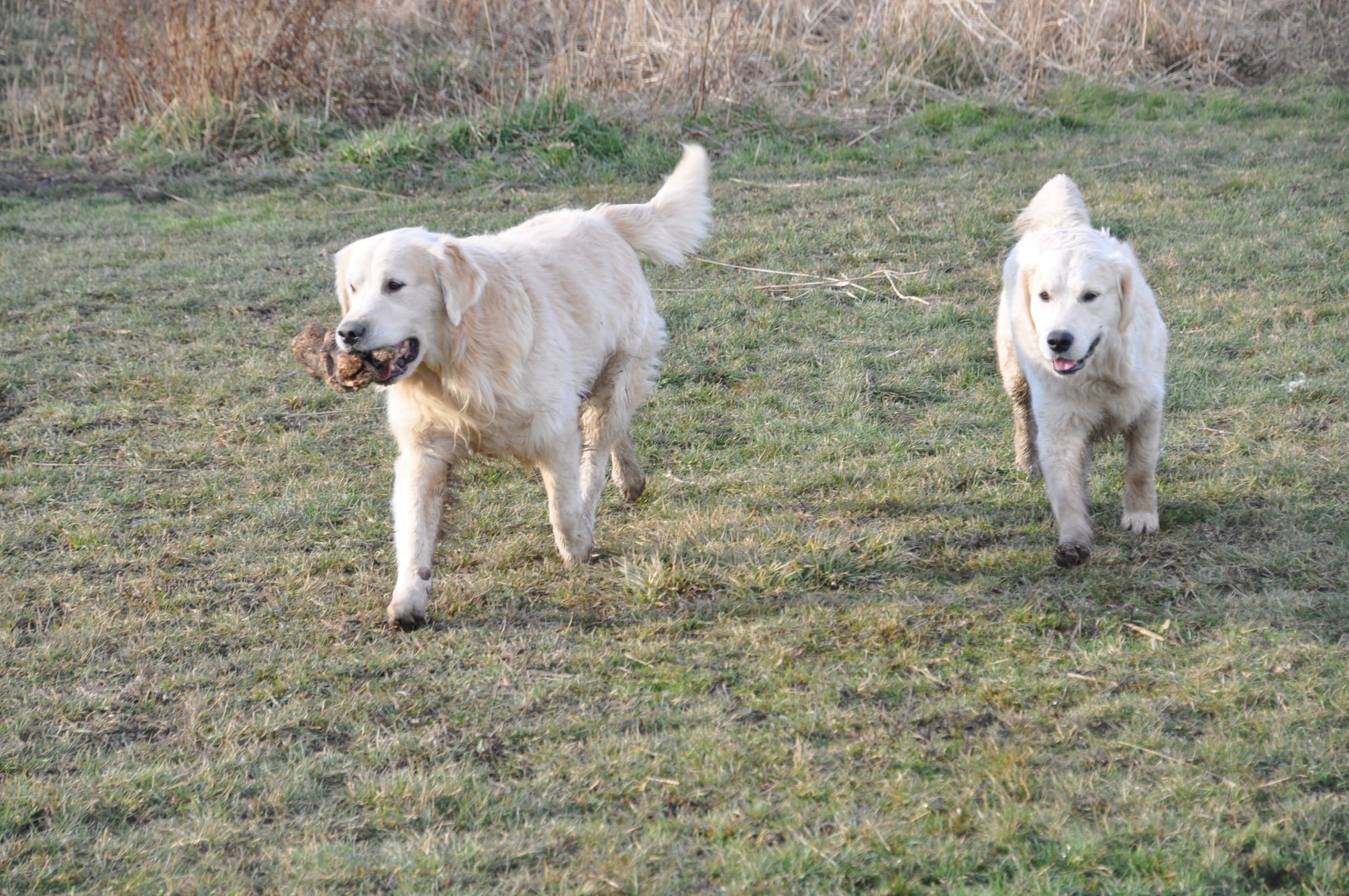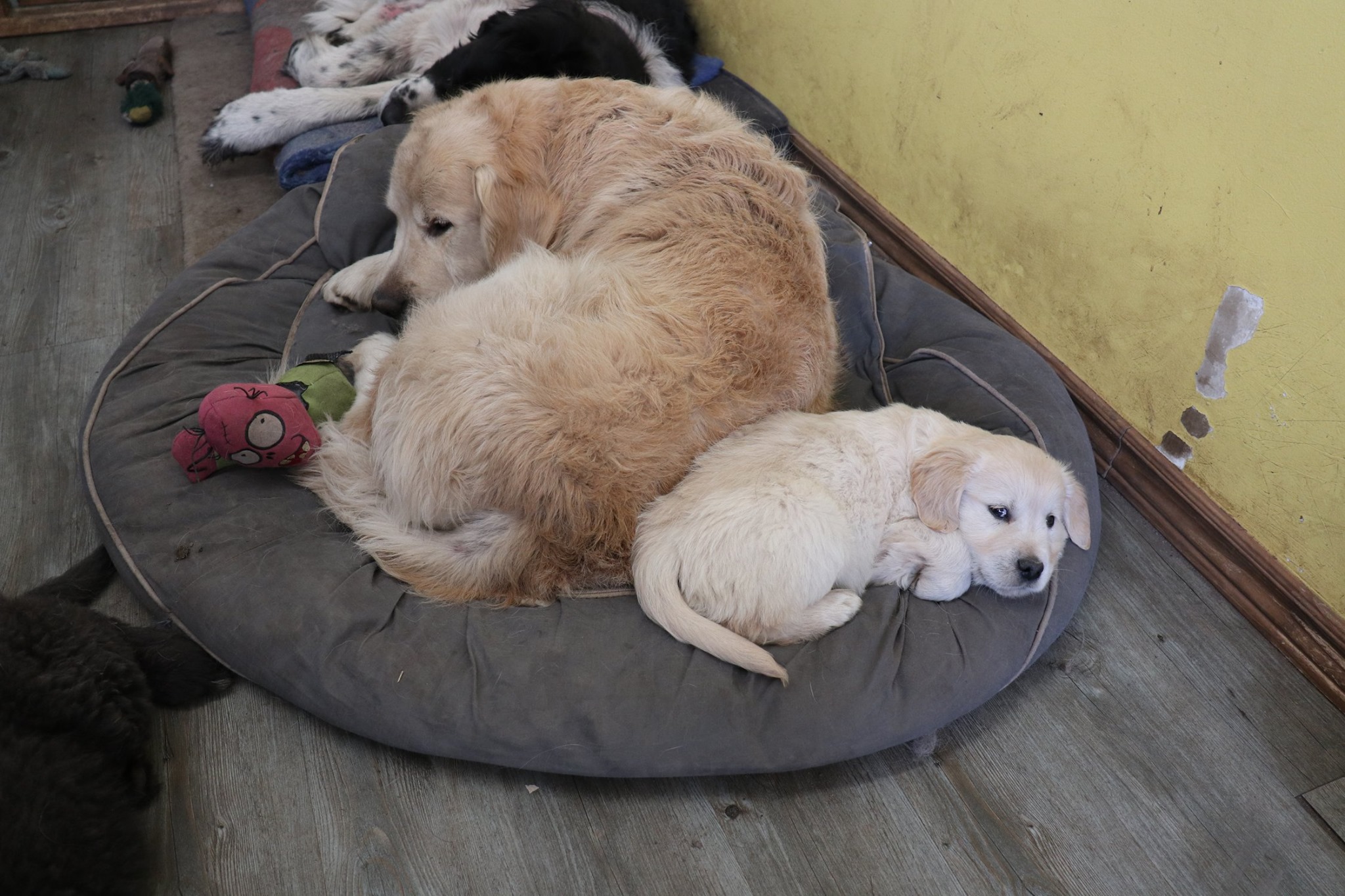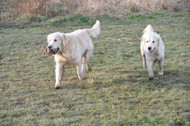Projecting Onto Our Pets
2022 May 5th
Is your pet always anxious? Do they seem to be afraid of new people and environments? Now let me ask a more personal question, does the thought of new experiences frighten YOU?
As professionals we come in contact with a lot of different people and their pets. Something that many pet owners have in common is viewing our pets as something other than what they are. This includes projecting our own personal difficulties onto our furry friends. Quite often our fur babies will develop issues us as owners are constantly looking for and encouraging, either due to our own insecurities or a desire to be needed.

The biggest way this can affect our pets is with our emotions. Our pets can sense our emotions. Have you ever come across a dog that is leash aggressive, but is friendly otherwise? We see it quite often. Some dogs that cannot be walked on a leash next to another dog because of behavioural issues are often extremely playful and relaxed once their owner is not around. Sometimes this behaviour is mistaken for a hyper, excited dog that just wants to play. However, a majority of the time our dogs get anxious and defensive because of our actions. In this instance it is likely that the dog feels like their owner needs to be protected because their owner (not the dog) is nervous. Being assertive and confident that nothing bad will happen will often be enough to alleviate this behaviour. Having a leader to guide them is all they need in this instance. This can sometimes bring difficulties when a dog is being trained to be an emotional support dog. We have seen a number of people that bring their dog to be boarded so the owner can get time to relax away from them since the service dog is so anxious. These dogs are expected to cope with their owners telling them the world is scary and they are supposed to be the grounded one in the relationship.
There are two ways we have coped with this in the past. The first is for the owner to become the leader and take on the role of being the protector and the one in charge. We adopted a rescue Saint Bernard that at first was on edge and sometimes fought to be the leader and pinnacle of the group. Once he realized that our other dog did not care about leadership roles (he only cared about playing) and that we, as his owners, would take on the responsibilities of keeping him and our other dogs safe he relaxed and become a playful lovebug with everyone. This is often a problem many people with rescue dogs come across. Some people want to coddle them and protect them from encountering anything that could be scary. However, experiencing new things is the best way for them to overcome their fears. I know people often want to feel like a hero for protecting them, and while it is fantastic that they have a loving home now, the more sheltered a dog (or person) is the more afraid they become. This brings me to the second way of helping a dog overcome these issues is therapy by exposure. Innumerable dogs that come to the kennel for the first time are terrified of other people, dogs, and life in general. By showing them that other people and dogs are friends (usually) they often become fearless. We joke that we make monsters that are afraid of nothing, especially when they start coming when they are just young puppies. The world becomes their playground and everyone is a potential friend. While this can have its own downsides, we believe that viewing the world with hopeless optimism is the better option.
Another common example we see of people projecting onto their pets is making them overeat or giving them unhealthy, toxic treats. Many people think, I like junk food so my dog deserves junk food too. Treats are great to give your dog for many reasons (training, boredom, their enjoyment, growing a bond with you, etc), but there is a big difference between you and them eating unhealthy treats. Unhealthy in human food is usually high fat, high carb, and high calorie. However, unhealthy treats in the dog world contain chemicals such as toxic carcinogenic dyes banned in human food. In addition, dogs live much shorter lives than humans. Therefore, you eating a doughnut may not be a big deal in the long run, but your dog eating a doughnut is a much bigger deal. If you want your dog to indulge a bit, remember that they are not humans. They have, and enjoy, much different things than us. Most dogs would actually prefer a real meat treat compared to a cookie, but as humans the cookie attracts our attention more and we often mistaken this for our dog’s preference as well. This concept can also be applied to a pet’s eating habits and how we perceive their appearance. How many people want their cat to be fat because it is cute to them? Consider that this makes them much more susceptible to various diseases, including Diabetes. Sometimes owners under or over feed their pets due to their own self-image and self-esteem. It makes sense that a person that is anorexic may want their pet to look underweight as well because to them it is “healthy.” It helps to bring them to a professional and get an objective opinion in these situations, but they can be difficult to overcome and may require some self-reflection.

These are not examples of people being mean to their pets, it is just something as guardians of an animal that we must take into consideration. It is important to accept your pet’s individuality and help them prosper. Often times it is our own issues that may be preventing them from realizing their full potential. By all means not every one of these situations is wrong every time, they are often situational. We should always be working towards becoming better people, and better role models for our fur babies. Whether it is an unhealthy relationship with food or just a little bit of a confidence issue, it is important to do our best to not project these onto our pets.

